Trivia about Great Achievers in Philippine Art III
Juan Novicio Luna was the Philippines’ greatest painter during the 19th century. Born on October 24, 1857 in the town of Badoc, lIocos Norte. Luna studied under at the Ateneo de Manila and at the Escuela Nautica where he earned a mariner’s license before becoming a painter. At the encouragement of Lorenzo Guerrero he studied painting at the Academia Real de Bellas Artes de San Fernando in Madrid, Spain. With his professor Alejo Vera, Luna went to Italy where he did many of his paintings among them was the famous Spoliarium which won for him a gold medal at the 1883 Madrid Art Exposition. Luna specialized in portraits among which was that of his wife Paz Pardo de Tavera which is featured in this series. Luna was arrested by the Spanish authorities in 1896 for suspicion of his role in the Philippine Revolution. After the overthrow of Spanish rule in the Philippines, he was appointed as a diplomatic agent to work for the recognition of independence in the Philippines. Luna died in Hong Kong on December 7, 1899 while he was on his way to the Philippines.
Jose Joya (1931-1995) earned his Bachelor of Fine Arts, magna cum laude, from UP Diliman in 1953. He finished his Masters in Fine Arts at the Cranbrook Academy of Arts, via a Fulbright Smith-Mundt Grant, in 1958. His American studies left a deep imprint on his art, as he embraced the exuberance of New York Abstract Expressionism, tempered by his academic background of careful composition, and brilliant coloration, especially the contrast between warm and cool colors. This merged with his concern for planar shapes, as in”House of Life” or in his more active use of verticals and bold combinations, as in “Dimension of Fear” The Expressionist motto of emotional content is processed along with the uniquely Filipino sensibility of formal balance and chromatic sensuality that results in Non-Objective Art that is peculiarly Asian. Joya was a longtime Dean of the College of Fine Arts of UP Diliman, and an active organizer of artists groups across the country.
Rodolfo Paras-Perez – Born 1934, Manila. Bachelor of Fine Arts 1957, University of the Philippines; Master of Fine Arts 1961 and Master of Arts in Art History 1962, University of Minnesota; Ph.D. in Art History 1970, Harvard University. Graphic medium: woodcut. Has written books on art. Teaches at the University of the Philippines. (currently chancellor of the Asean Institute of Art)
Fernando C. Amorsolo – One of the landmark influences in Philippine art, he was born in 1892 in Paco, Manila. But he grew up in idyllic, rural Daet, Camarines Norte amidst rice field and abacca plantations. He started drawing at the age of five. He studied at the UP School of Fine Arts education at the Esucela Superior de Pintura, Escultura Y Grabado de San Fernando. He was considered the most important Filipino painter during the American period. His style and technique was adopted by a whole generation of younger painters. His best known works are landscapes done mostly in a mild tonal play of colors and thin impasto brushstrokes, peopled by gentle rice farmers, fishermen, and simple townsfolk. He died in 1972 and was posthumously conferred the National Artist Award by the Philippine government.
Cesar Legaspi – A native of Tondo, Manila Cesar Torrente Legaspi was a National Artist for Painting. Born on April 2, 1917, Legaspi obtained his Certificate of Proficiency in Painting from the School of Fine Arts of the University of the Philippines in 1936 and Studied at the Cultura Hispanica in Madrid, Spain and later at the Academie Ranson in Paris, France. Legaspi was in the same group of pioneering modernists which included Carlos V. Francisco, Galo B. Ocampo, Hernando R. Ocampo and Vicente Manansala. Legaspi’s works were characterized by a sensuous chromatic ambience with a variety of subjects from dancers and flower gardens to street scenes. During the 1970s and the 1980s, Legaspi worked on paintings which dwelt on human experience in conjunction with aspiration, struggle and triumph. Aside from portraying the emotional images of the human condition, they were correlatives of human moods. Legaspi was proclaimed National Artist for painting in 1990 and died on April 7, 1994.
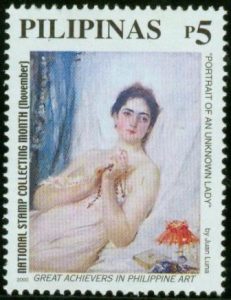
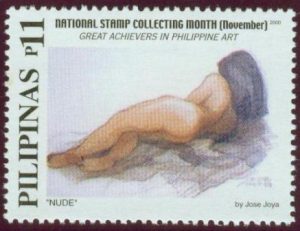
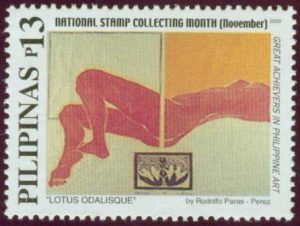
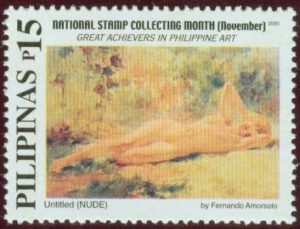
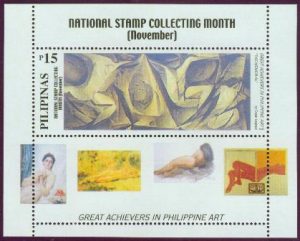
Recent Comments